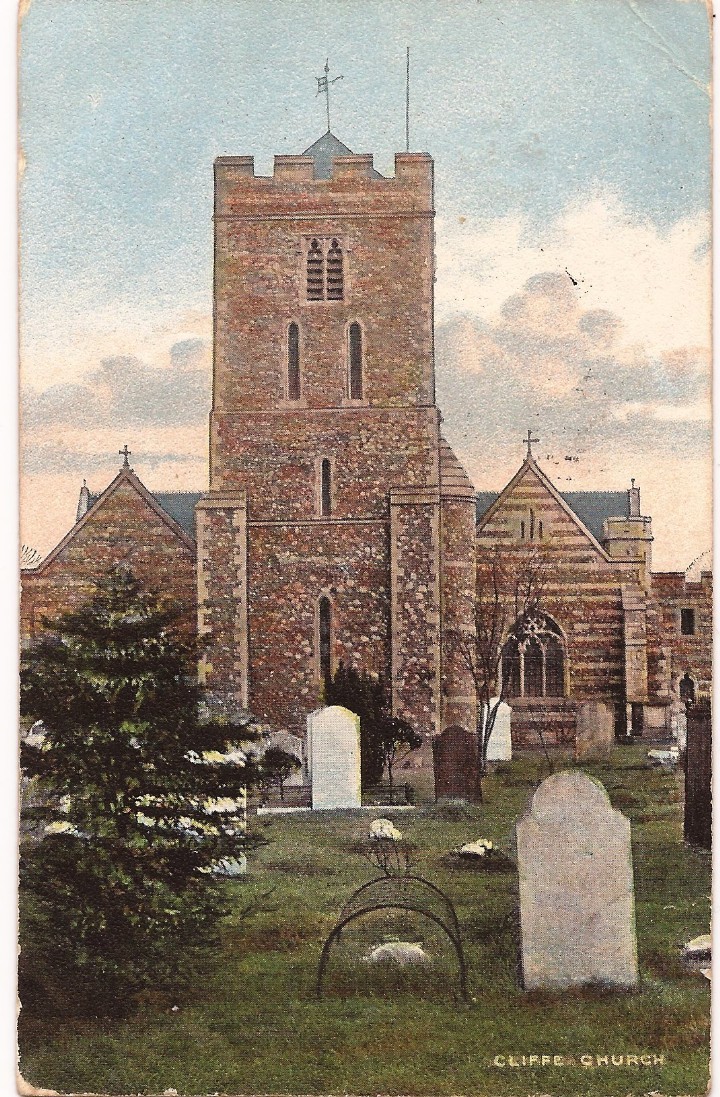The Tower Clock
There has obviously been a clock here for many years and one of the earliest references we have is a memorandum on the fly leaf of Churchwardens Account Book of 1835—
George Knight
James Stevenson
Churchwardens
Revd. John Hamilton
Curate.
James Stevenson
Churchwardens
Revd. John Hamilton
Curate.
And again, “(P. Anderson) to repair the clock at the church £40.0.0d.” In the Churchwardens Accounts for 1857 there is an item of 10/- for work involving “cutting out for and fixing slate clock face including cramps 10.0d” and “to taking down SunDial 3.6d.” No other reference can be found concerning the sun dial but it is believed that this is the one which now lies just outside the priest’s doorway on the south of the chancel. Regrettably it is cracked. The fate of the slate clock face is not known. However a mammoth pendulum hanging in the ringing chamber is obviously a relic of a former clock.

At a meeting of the Vestry dated Monday 3rd April 1893 reference was made to the clock — Attention having been drawn to the irregularities of the clock it was agreed that it was not necessary at present to undertake any substantial repairs but only that care should be taken as to the regulation of the time”. In 1903 the dial of the then church clock was painted at a cost of £3.0.0d. In October 1905 mention is made of a new clock.
The present clock was installed in 1906. The movement is by Sainsbury Bros. of Walthamstow. It has a cast iron flat bed with dead beat escapement. The clock face is metal. This was repainted and freshly gilded in 1934 and again 1954. A reference is made to the clock at a Vestry meeting of 8th April 1907 when —“Mr. W. Smith drew attention to the fact of the tower clock not always being in striking order. The Chairman pointed out that this was due to the difficulty of providing a sufficient drop for the weights of the clock; 10/- was voted to Mr. Payn in order that he should wind the clock more frequently until some alteration could be made in regard to the striking apparatus. A pencilled note on the wooden casing “Clock allowed to strike 8 o’clock Nov. 12th. 1918. G. H. Payn” marked the end of the First World War.
The striking mechanism had, unfortunately, been out of use for some years. It was repaired during the incumbency of the Reverend J. J. Smith but for some obscure reason it was disconnected. The striking hammer lay on the floor beside the casing and the wiring having been cut.
Prior to the Royal Jubilee Year of 1977 it was decided to have the clock face re-decorated and to have a complete overhaul of the mechanism, weights, wires and striking apparatus.
